Home>Construction & Tools>Building Materials>Why Are British Houses Made Of Brick
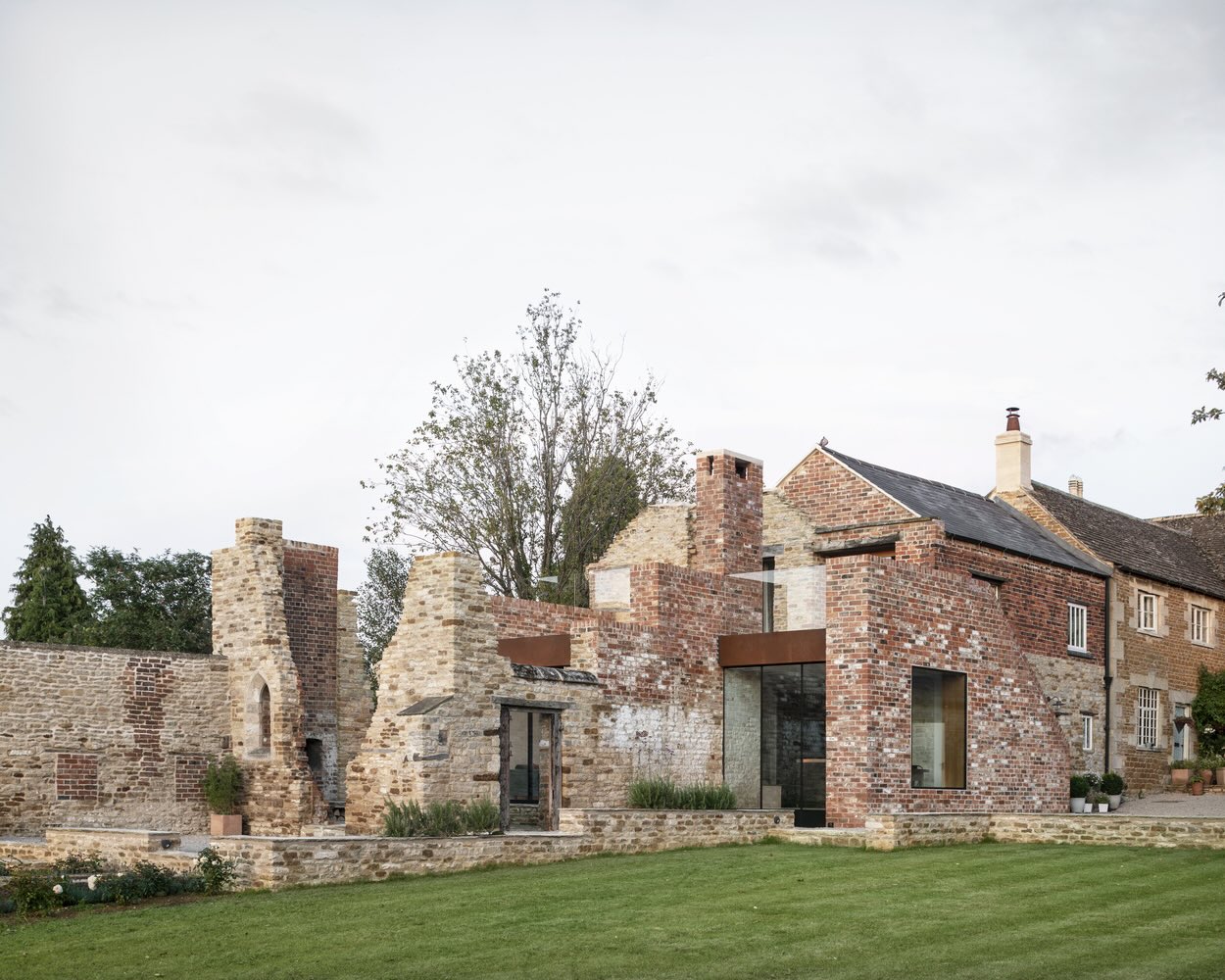

Building Materials
Why Are British Houses Made Of Brick
Published: January 23, 2024
Discover why British houses are predominantly constructed with brick as the primary building material. Explore the history, benefits, and cultural significance of this enduring architectural choice.
(Many of the links in this article redirect to a specific reviewed product. Your purchase of these products through affiliate links helps to generate commission for Storables.com, at no extra cost. Learn more)
**
Introduction
**
Brick has been an integral part of British architecture for centuries, shaping the iconic and timeless appeal of the country's buildings. From the rustic cottages of the countryside to the grandeur of historic cityscapes, the use of brick has left an indelible mark on the landscape of Britain. In this article, we delve into the rich history and enduring significance of brick in British construction, exploring the reasons why this material has stood the test of time.
Throughout history, the utilization of brick has played a pivotal role in defining the architectural identity of Britain. Its versatility, durability, and aesthetic appeal have made it a preferred choice for builders and architects across generations. Moreover, the cultural and historical significance of brick construction in Britain extends far beyond its practical applications, encapsulating the essence of tradition, craftsmanship, and resilience.
Join us as we embark on a captivating journey through the annals of British architecture, unraveling the allure and enduring legacy of brick in construction. From its historical roots to its contemporary relevance, the story of brick in Britain is a testament to the enduring charm and unwavering strength of this remarkable building material.
**
Key Takeaways:
- Brick has been a vital part of British architecture for centuries, offering durability, weather resistance, and a timeless charm that reflects the nation’s cultural heritage and aesthetic sensibilities.
- Brick’s environmental impact includes sustainability, energy efficiency, and recyclability, making it a sustainable and resilient building material that harmonizes tradition with innovation in British construction.
Read more: Why Are Brick Houses Better
History of Brick Usage in Britain
**
The history of brick usage in Britain dates back to the Roman occupation, during which time the Romans introduced the art of brickmaking to the region. The construction of roads, forts, and villas necessitated the production of vast quantities of bricks, laying the foundation for the widespread use of this durable material in Britain. However, with the decline of the Roman Empire, the art of brickmaking waned, and the subsequent centuries witnessed a resurgence of timber-framed buildings.
It was not until the medieval period that brickmaking experienced a revival, particularly in the construction of churches and castles. The distinctive red bricks, often locally sourced, became emblematic of the era’s architectural endeavors, adorning the walls of majestic cathedrals and fortifications. This resurgence marked the renaissance of brick as a prominent building material in Britain, setting the stage for its enduring legacy in the centuries to come.
The Tudor era witnessed a significant expansion in brick usage, with the distinctive red bricks becoming synonymous with the period’s architectural style. The iconic Tudor half-timbered houses, embellished with intricate brickwork, exemplified the fusion of tradition and innovation, showcasing the aesthetic and structural prowess of brick in construction.
Fast forward to the industrial revolution, and the demand for bricks soared as urbanization and industrialization swept across Britain. The mass production of bricks, facilitated by technological advancements, fueled the construction of factories, warehouses, and residential dwellings, transforming the urban landscape with a sea of red brick structures.
Throughout the 20th century, brick continued to be the cornerstone of British construction, with modernist architects embracing its timeless appeal while experimenting with new forms and textures. Today, the legacy of brick endures, with contemporary architects and builders harnessing its enduring qualities to create sustainable, visually striking structures that pay homage to Britain’s rich architectural heritage.
**
Advantages of Using Brick in Construction
**
Brick, as a building material, offers a myriad of advantages that have contributed to its enduring popularity in British construction. These advantages encompass both practical and aesthetic aspects, making brick a versatile and timeless choice for architects and builders alike.
Durability: Brick is renowned for its exceptional durability, with many historic buildings standing as a testament to its longevity. The inherent strength of brick allows structures to withstand the test of time, weathering the elements and maintaining their structural integrity for generations.
Weather Resistance: The natural composition of brick renders it highly resistant to weathering, making it an ideal choice for the unpredictable British climate. From torrential rains to harsh winds, brick structures offer unparalleled protection against the elements, ensuring the longevity of buildings in diverse environmental conditions.
Fire Resistance: One of the most compelling advantages of brick is its exceptional fire resistance. This inherent property provides a crucial layer of safety, offering occupants peace of mind and contributing to the overall resilience of buildings.
Low Maintenance: Brick structures require minimal maintenance, offering long-term cost savings and convenience for homeowners and property managers. The minimal upkeep and longevity of brick contribute to its sustainable appeal, aligning with the growing emphasis on environmentally responsible construction practices.
Thermal Mass: The thermal mass of brick allows it to regulate indoor temperatures, contributing to energy efficiency and creating a comfortable living environment. This natural insulation property reduces the reliance on artificial heating and cooling systems, promoting sustainability and reducing energy costs.
Aesthetic Versatility: Beyond its practical benefits, brick offers unparalleled aesthetic versatility. From traditional red bricks to a diverse array of colors, textures, and patterns, brick allows architects to unleash their creativity and design structures that seamlessly integrate with their surroundings while making a visual statement.
Sustainability: With an increasing focus on sustainable construction practices, brick emerges as a compelling choice due to its natural composition and minimal environmental impact. The abundance of clay, a primary component of brick, and the potential for recycling further enhance its eco-friendly credentials.
These advantages collectively position brick as a timeless, sustainable, and resilient building material that harmonizes practicality with aesthetic appeal, making it a cornerstone of British construction for centuries.
**
Brick is a popular building material in Britain because it is durable, fire-resistant, and provides good insulation. It also has a long history in British architecture, dating back to Roman times.
Cultural and Aesthetic Factors
**
The significance of brick in British construction extends beyond its practical attributes, encompassing profound cultural and aesthetic dimensions that have shaped the nation’s architectural identity. From the charming villages of the countryside to the bustling urban centers, brick has left an indelible mark, reflecting the cultural heritage and aesthetic sensibilities of the British populace.
Architectural Heritage: The prevalence of brick in Britain’s architectural landscape is a testament to its enduring legacy and cultural significance. Historic buildings, including medieval castles, Georgian townhouses, and Victorian terraces, stand as iconic symbols of the nation’s architectural heritage, showcasing the timeless allure of brick as a building material.
Regional Variation: The regional diversity of brickwork in Britain adds a captivating dimension to its cultural and aesthetic appeal. From the distinctive red bricks of the Midlands to the yellow hues of London stock bricks, each region boasts its unique palette, reflecting local traditions and geological influences. This regional variation contributes to the rich tapestry of British architecture, celebrating the nuances of craftsmanship and heritage.
Timeless Charm: Brick exudes a timeless charm that transcends architectural trends, evoking a sense of nostalgia and authenticity. Its warm, earthy tones and textured surfaces create a sense of familiarity and comfort, resonating with the British penchant for embracing tradition while embracing innovation.
Community Identity: In rural and urban settings alike, brick structures play a pivotal role in shaping community identity. From quaint cottages nestled in picturesque villages to the grandeur of civic buildings, brick architecture fosters a sense of place and belonging, weaving the fabric of community life with its enduring presence.
Artistic Expression: The artistry of bricklaying represents a form of creative expression that has been honed and perfected over centuries. The intricate patterns, decorative motifs, and skilled craftsmanship showcased in brickwork reflect the artistic prowess of builders and artisans, adding a layer of cultural significance to the architectural landscape.
Adaptability and Innovation: While rooted in tradition, brick continues to inspire innovation and adaptability in contemporary architecture. From modernist interpretations to sustainable design solutions, brick serves as a versatile medium for architects to explore new frontiers while honoring the cultural and aesthetic heritage of Britain.
The cultural and aesthetic factors intertwined with brick in British construction embody a narrative of tradition, creativity, and collective identity, underscoring its enduring relevance in the nation’s architectural tapestry.
**
Environmental Impact
**
Brick, as a building material, has a nuanced environmental impact that encompasses various aspects of sustainability, resource utilization, and long-term ecological considerations. Understanding the environmental footprint of brick in construction is essential in evaluating its role in shaping a more sustainable built environment.
Natural Resource Utilization: The primary components of brick—clay and shale—are abundant natural resources that can be responsibly sourced, minimizing the depletion of finite materials. The sustainable extraction and processing of these raw materials contribute to the eco-friendly profile of brick production.
Energy Efficiency: The thermal mass properties of brick contribute to energy efficiency by regulating indoor temperatures, reducing the reliance on mechanical heating and cooling systems. This inherent energy efficiency aligns with sustainable building practices, promoting reduced carbon emissions and operational energy savings over the lifespan of structures.
Recyclability and Reusability: Brick holds notable potential for recyclability and reusability, offering a sustainable pathway for the repurposing of construction materials. Salvaged bricks can be incorporated into new construction projects, minimizing waste and reducing the demand for virgin materials, thereby mitigating the environmental impact of brick production.
Durability and Longevity: The exceptional durability of brick structures translates into long-term environmental benefits. By withstanding the test of time, brick buildings reduce the need for frequent replacements and renovations, curbing the consumption of resources and minimizing construction-related waste.
Carbon Footprint: While the production of bricks entails energy consumption, advancements in kiln technology and manufacturing processes have contributed to reducing the carbon footprint of brick production. Additionally, the longevity and low maintenance requirements of brick structures contribute to their overall carbon efficiency over their lifecycle.
Stormwater Management: Permeable brick paving and architectural features facilitate effective stormwater management, allowing rainwater to infiltrate the ground and reducing the burden on drainage systems. This sustainable approach to water management aligns with eco-friendly urban design principles, mitigating the impact of urbanization on natural hydrological processes.
Biodiversity and Habitat Preservation: The use of locally sourced bricks supports regional economies and reduces transportation-related emissions, contributing to the preservation of natural habitats and biodiversity. By minimizing the ecological footprint associated with material transportation, brick construction aligns with sustainable development goals and environmental stewardship.
The multifaceted environmental impact of brick in construction underscores its potential as a sustainable building material, offering a harmonious balance between structural integrity, aesthetic appeal, and ecological responsibility.
**
Read more: Design A British Country House Bathroom
Conclusion
**
The enduring presence of brick in British construction is a testament to its multifaceted significance, encompassing historical, cultural, environmental, and practical dimensions. From the ancient fortifications built by the Romans to the contemporary architectural marvels adorning city skylines, brick has stood as a resilient and revered building material that has shaped the nation’s built environment.
Its rich history, steeped in tradition and innovation, reflects the intricate tapestry of British architecture, weaving together the threads of cultural heritage, artistic expression, and sustainable practices. The iconic red bricks, steeped in regional variation and craftsmanship, have become synonymous with the timeless charm and enduring legacy of British construction.
As we navigate the complexities of modern urbanization and environmental stewardship, brick continues to offer a compelling narrative of resilience, sustainability, and aesthetic versatility. Its inherent durability, energy efficiency, and potential for recyclability position brick as a cornerstone of sustainable construction, aligning with the evolving imperatives of eco-friendly design and responsible resource management.
Moreover, the cultural and aesthetic allure of brick transcends architectural trends, evoking a sense of place, community identity, and architectural continuity. From the quaint villages nestled in the countryside to the bustling cityscapes adorned with historic facades, brick stands as a unifying symbol of British architecture, embodying the spirit of tradition, craftsmanship, and enduring beauty.
As we look to the future, the legacy of brick in British construction serves as a poignant reminder of the harmonious coexistence of heritage and progress, tradition and innovation. Its timeless appeal, rooted in centuries of architectural evolution, continues to inspire architects, builders, and communities to create sustainable, resilient, and aesthetically captivating spaces that honor the past while embracing the future.
In essence, the story of brick in Britain is a narrative of strength, beauty, and sustainability—a narrative that will continue to shape the architectural landscape and cultural identity of the nation for generations to come.
Frequently Asked Questions about Why Are British Houses Made Of Brick
Was this page helpful?
At Storables.com, we guarantee accurate and reliable information. Our content, validated by Expert Board Contributors, is crafted following stringent Editorial Policies. We're committed to providing you with well-researched, expert-backed insights for all your informational needs.
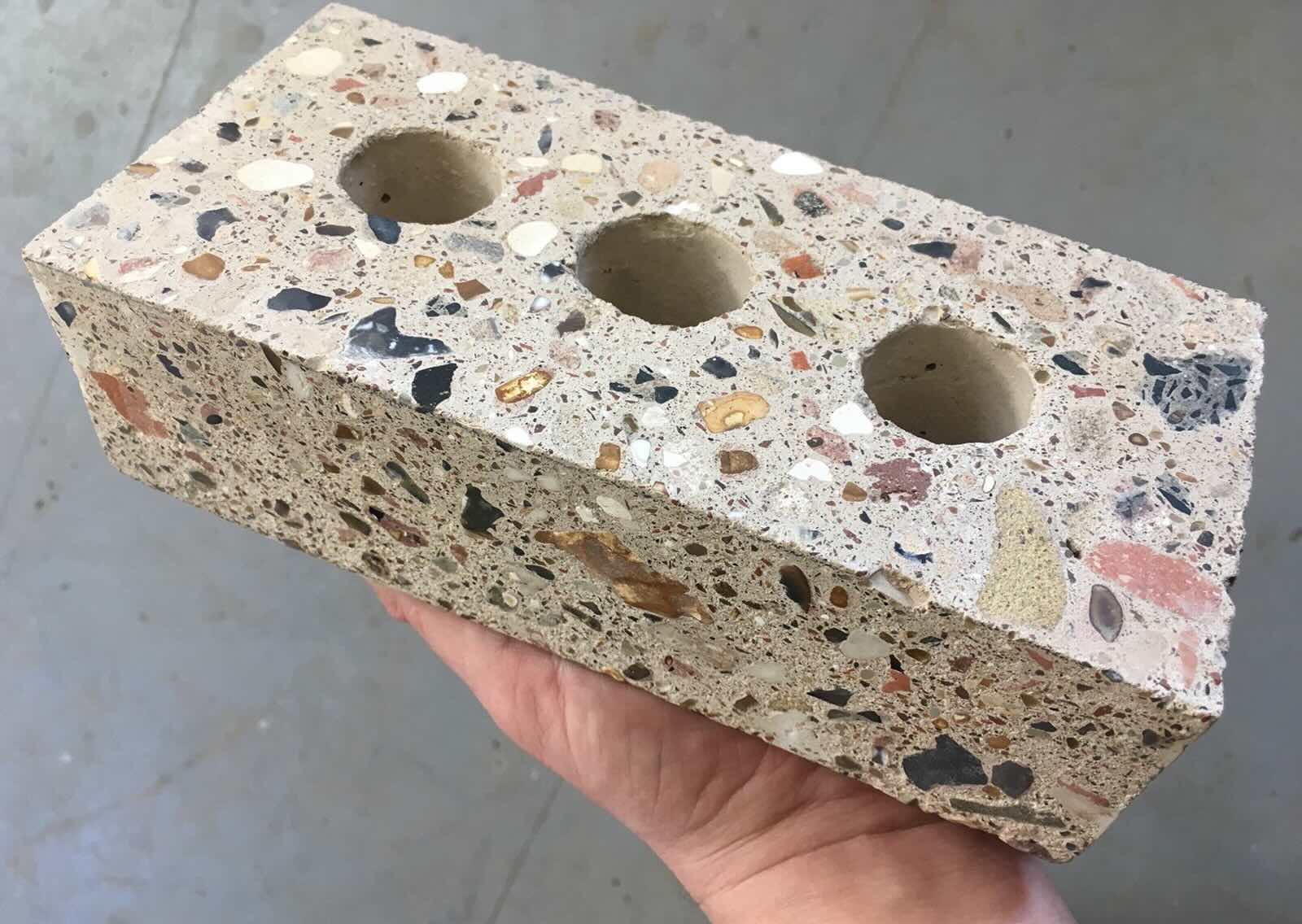
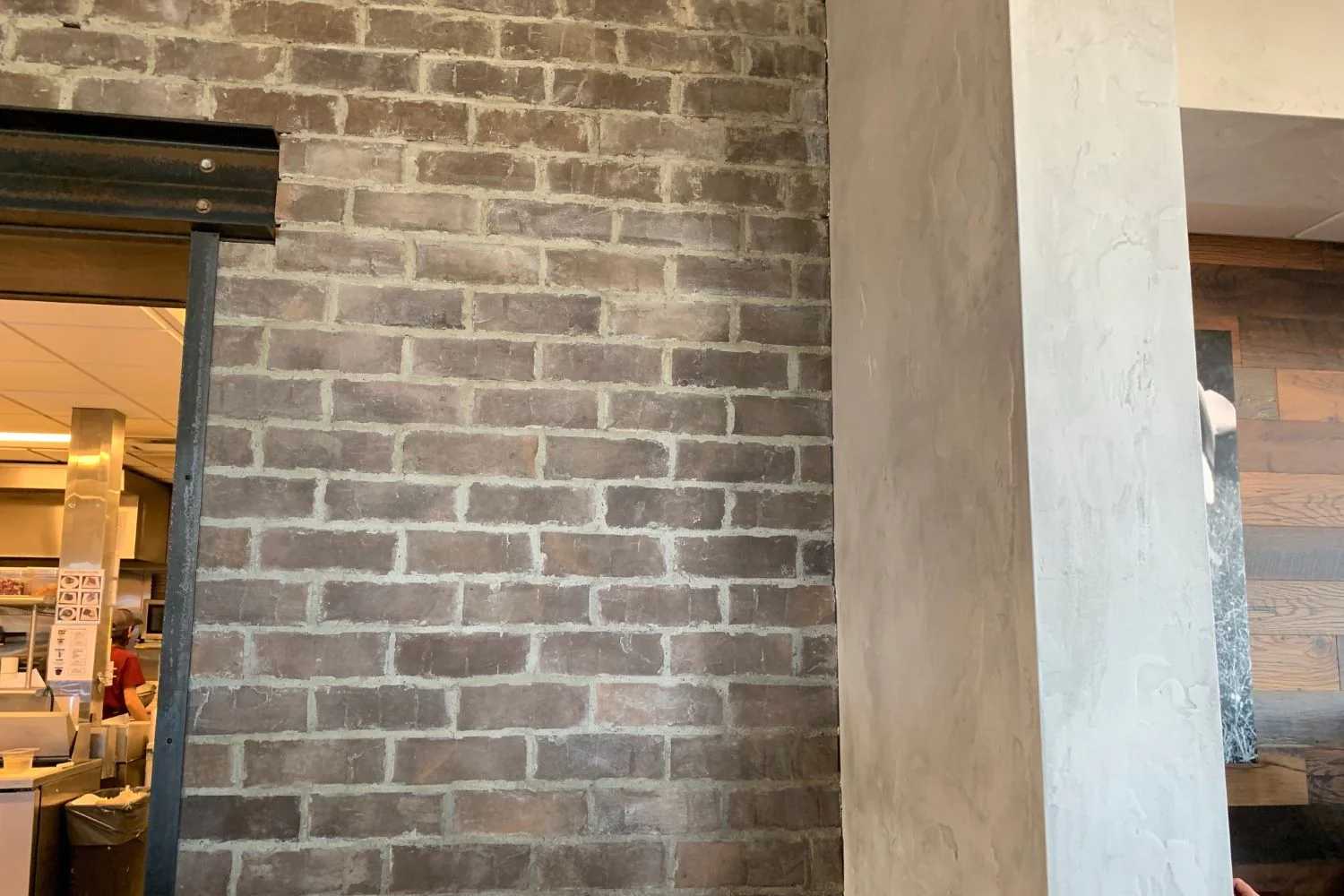
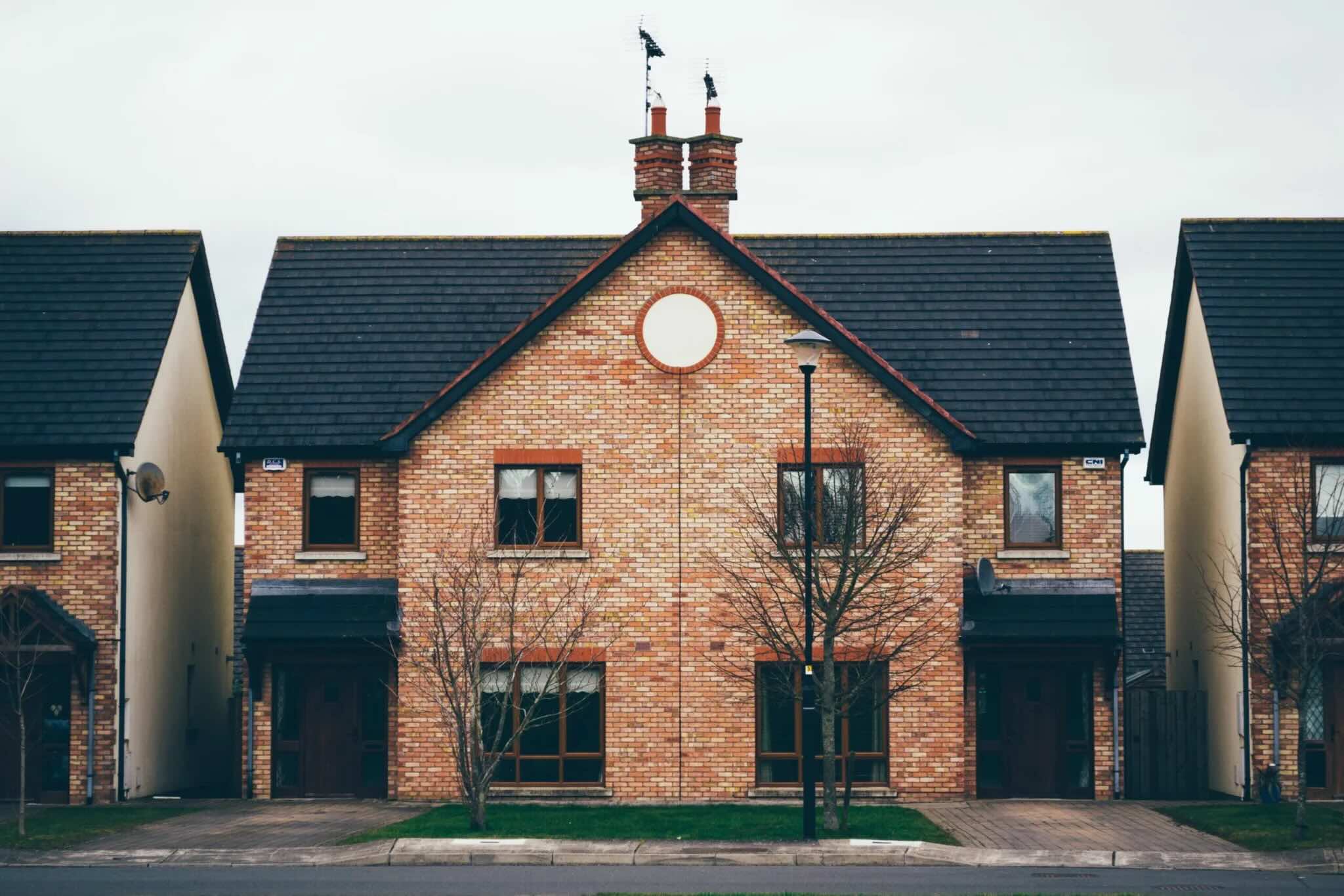
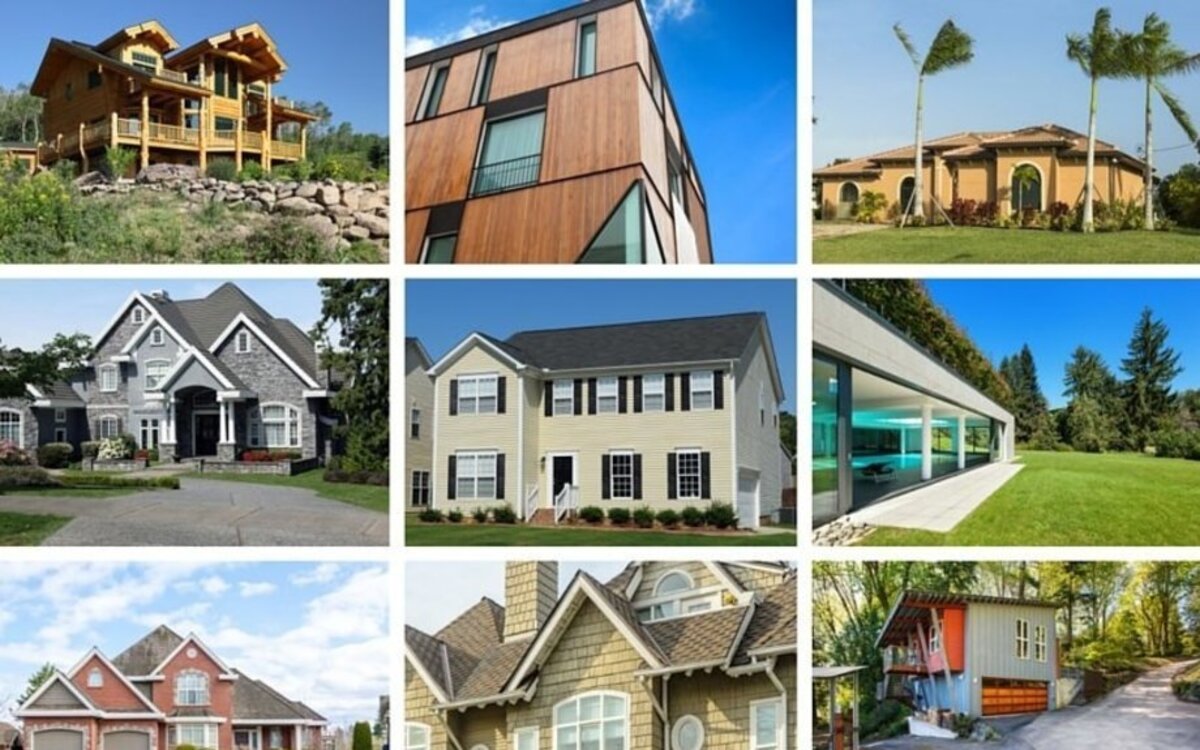

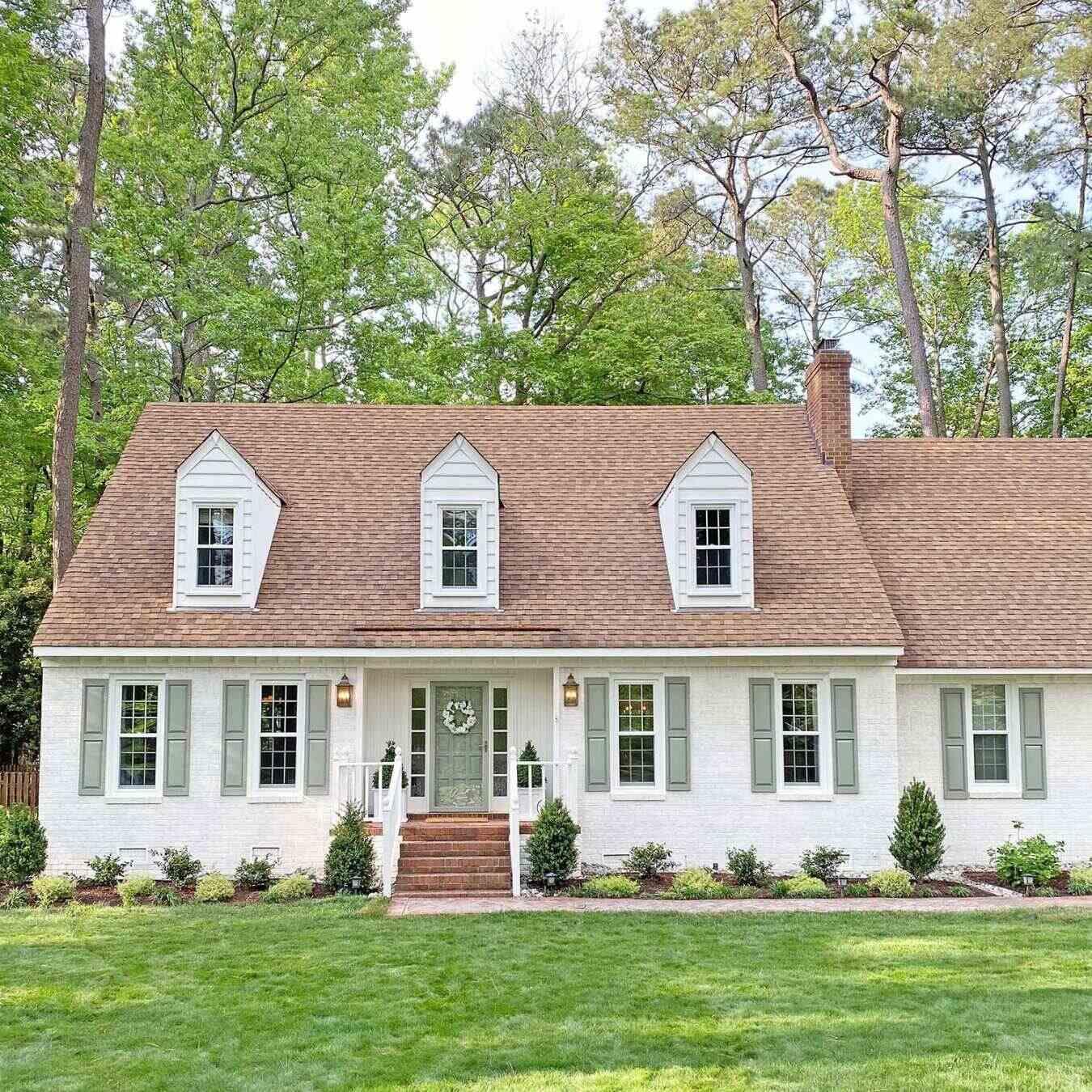
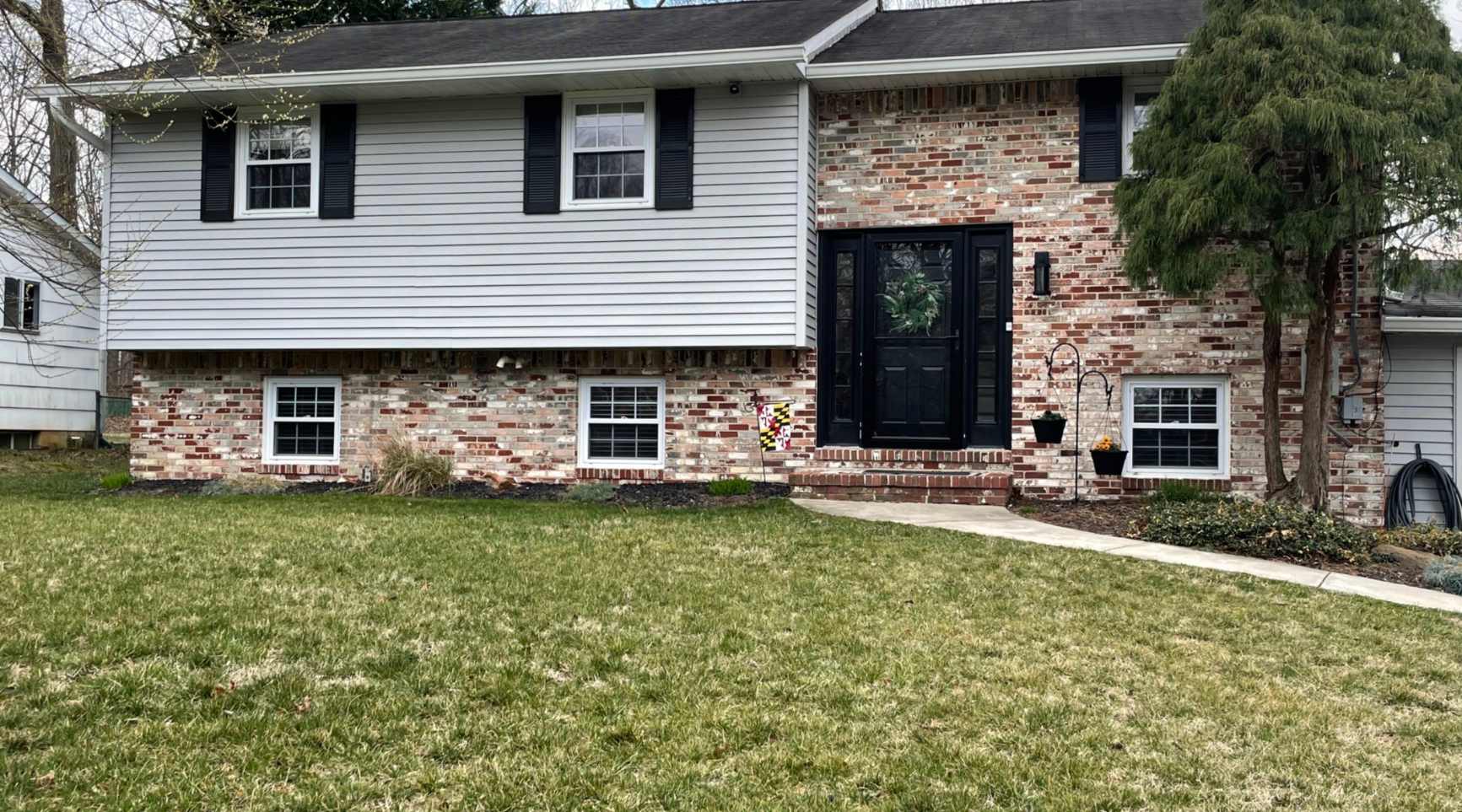
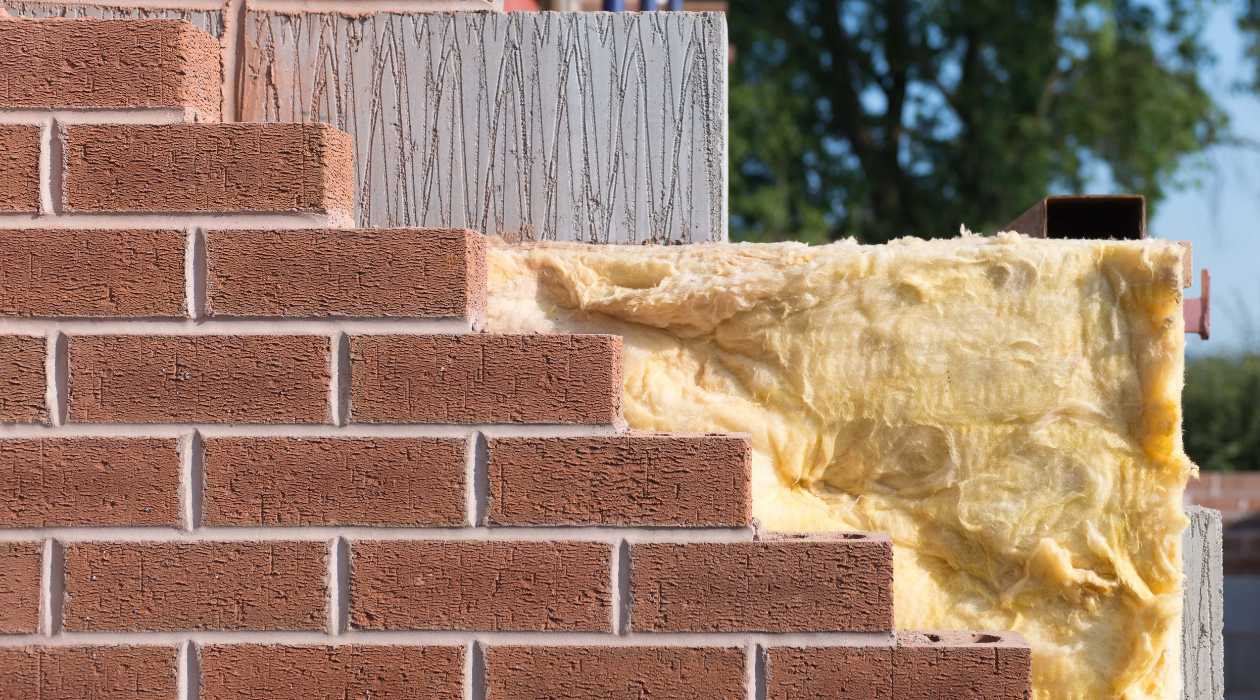
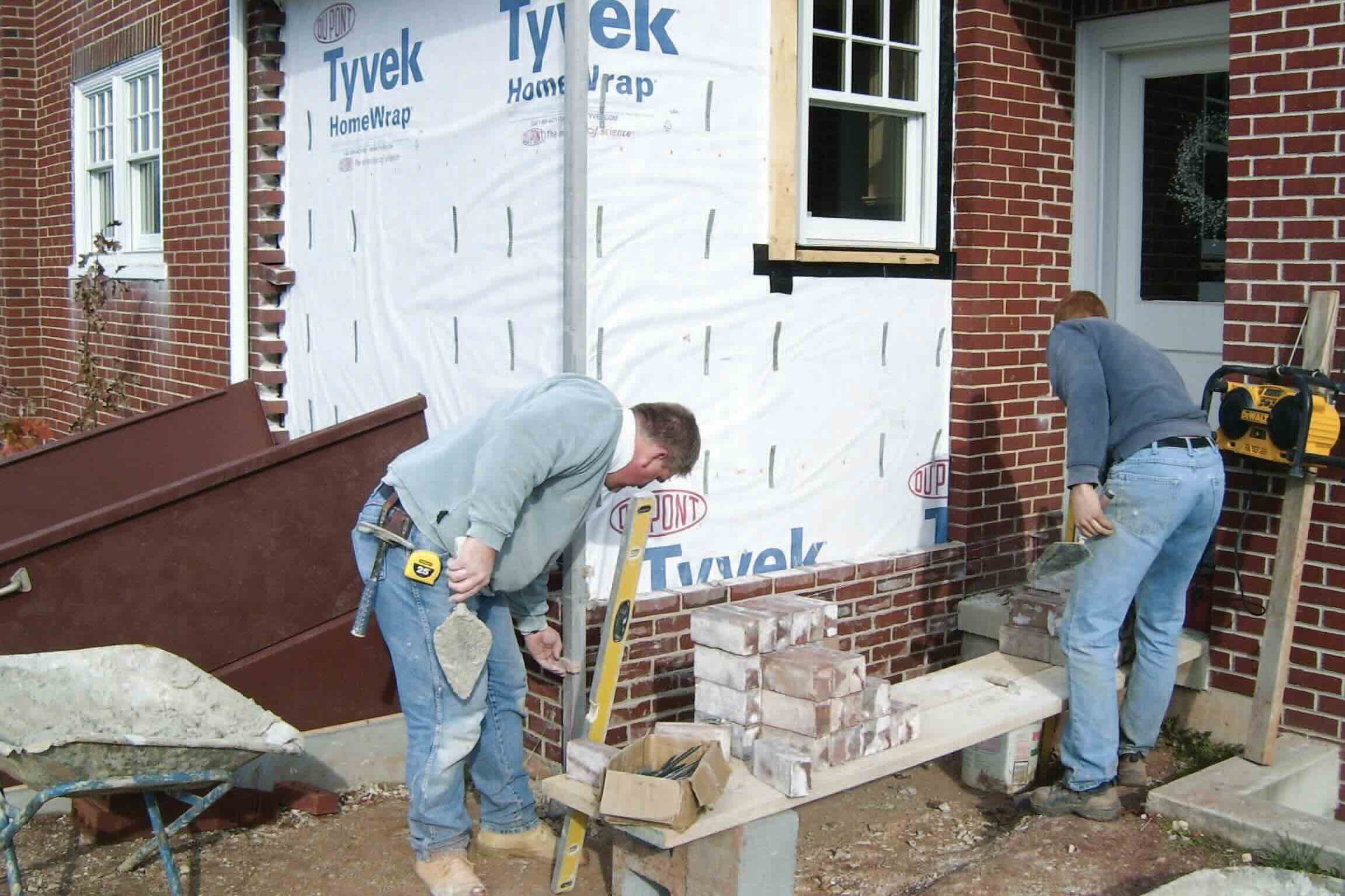
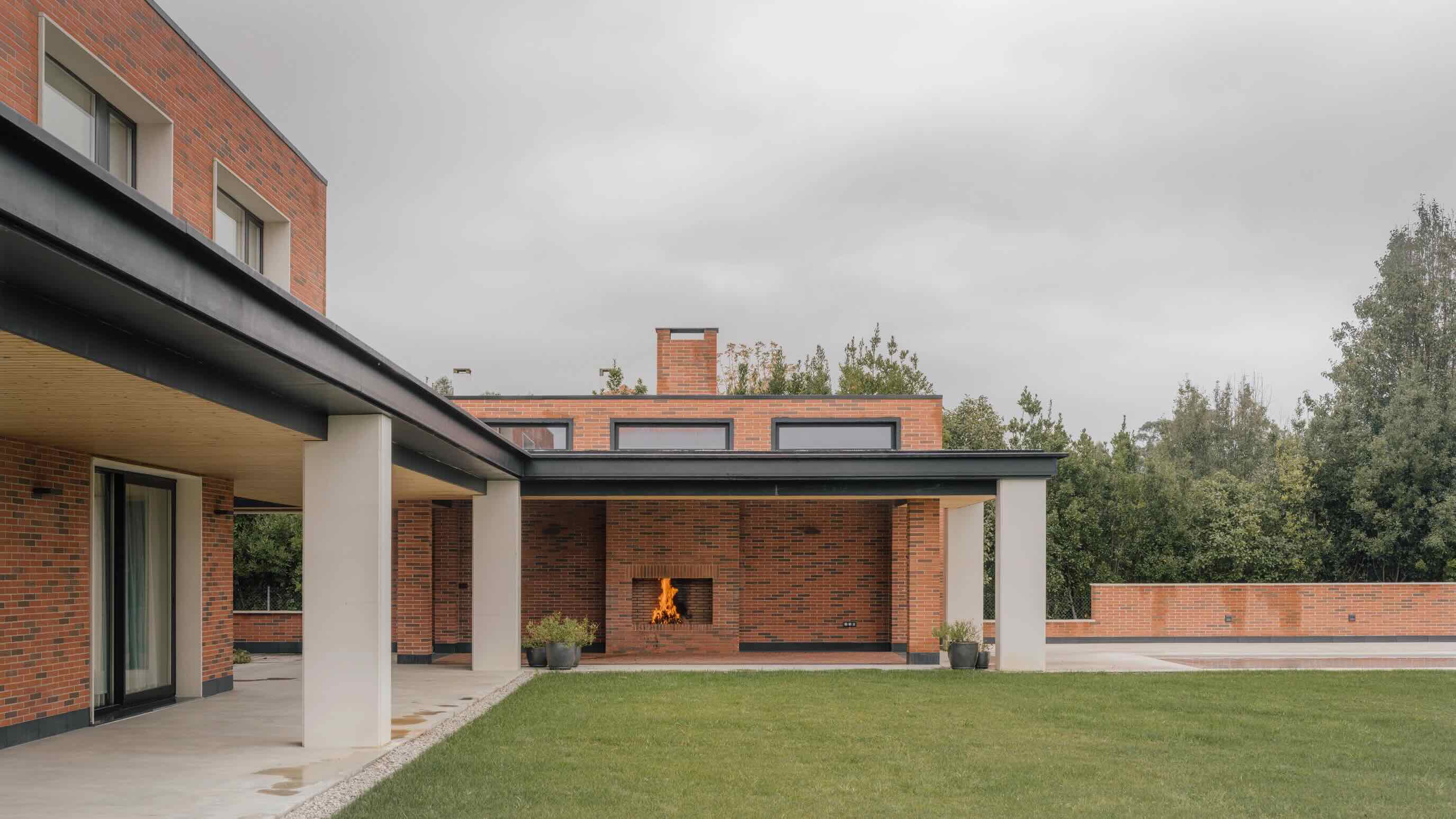
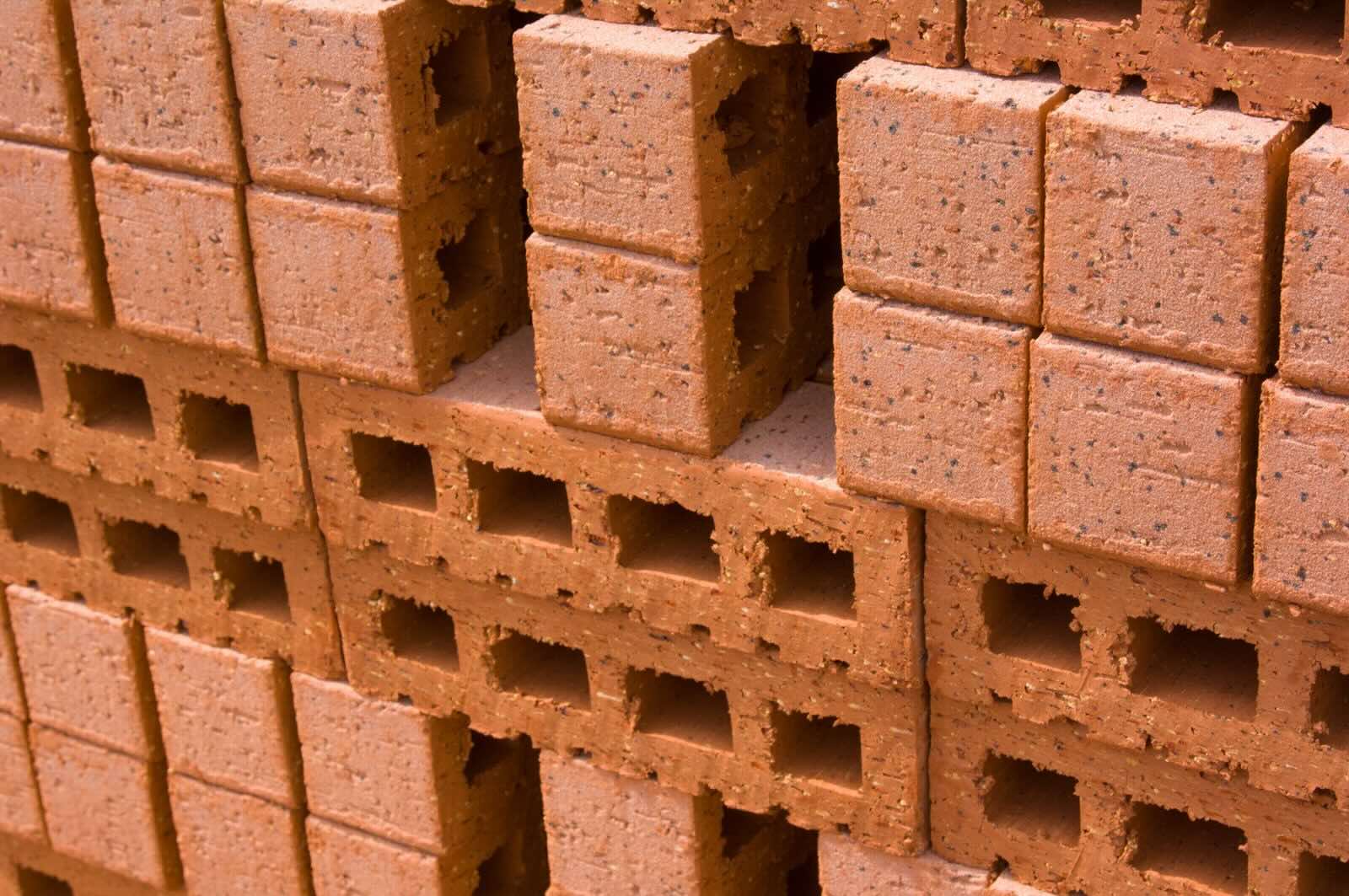
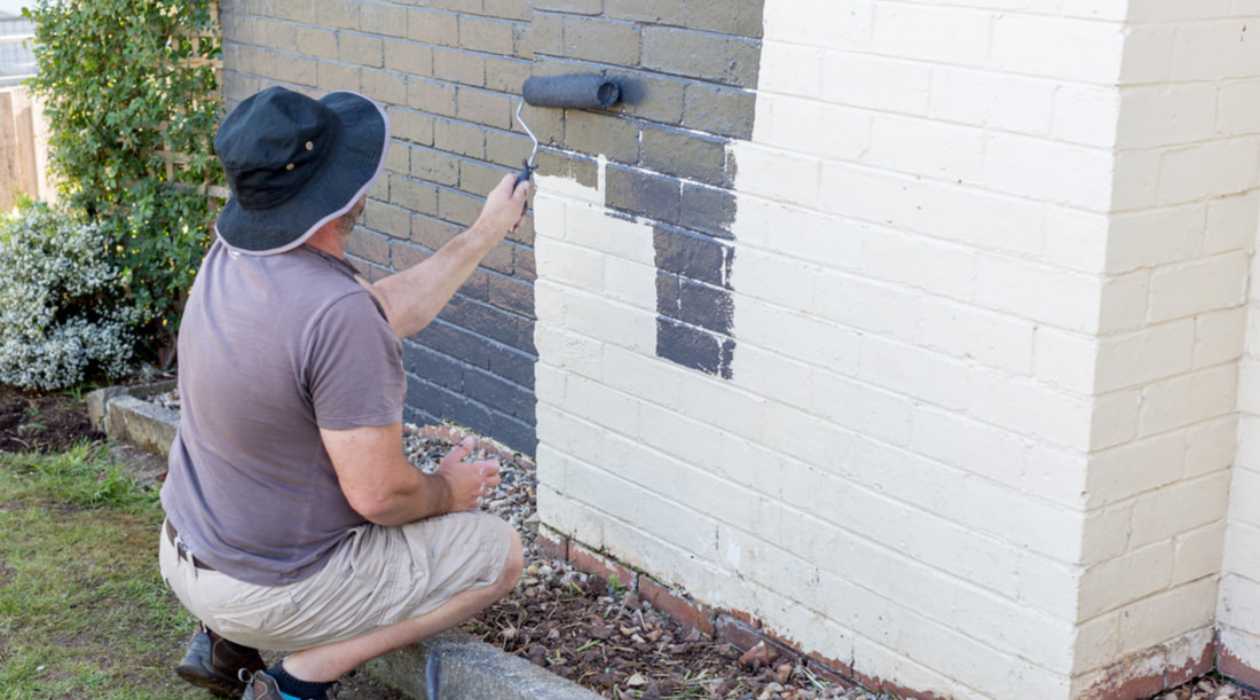
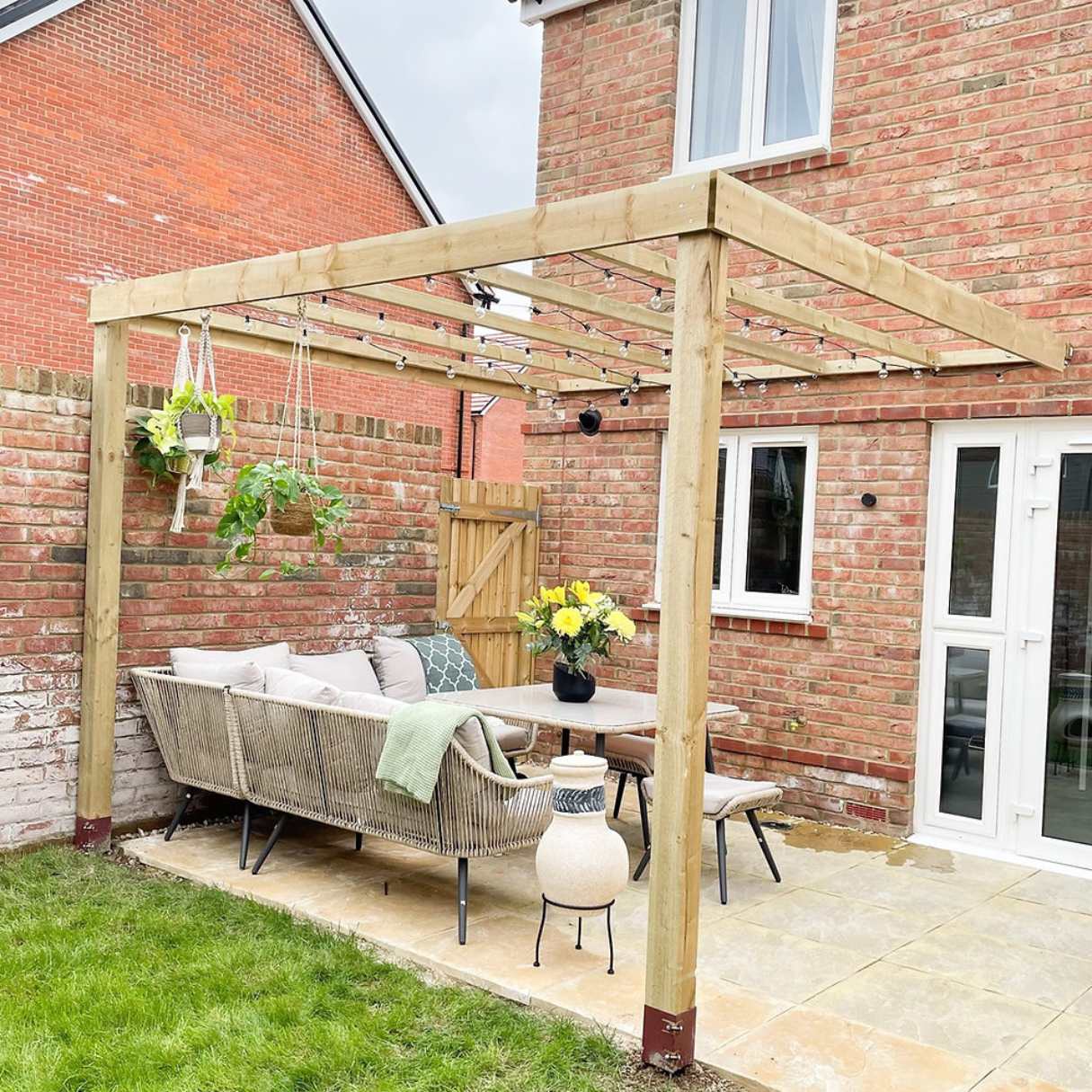
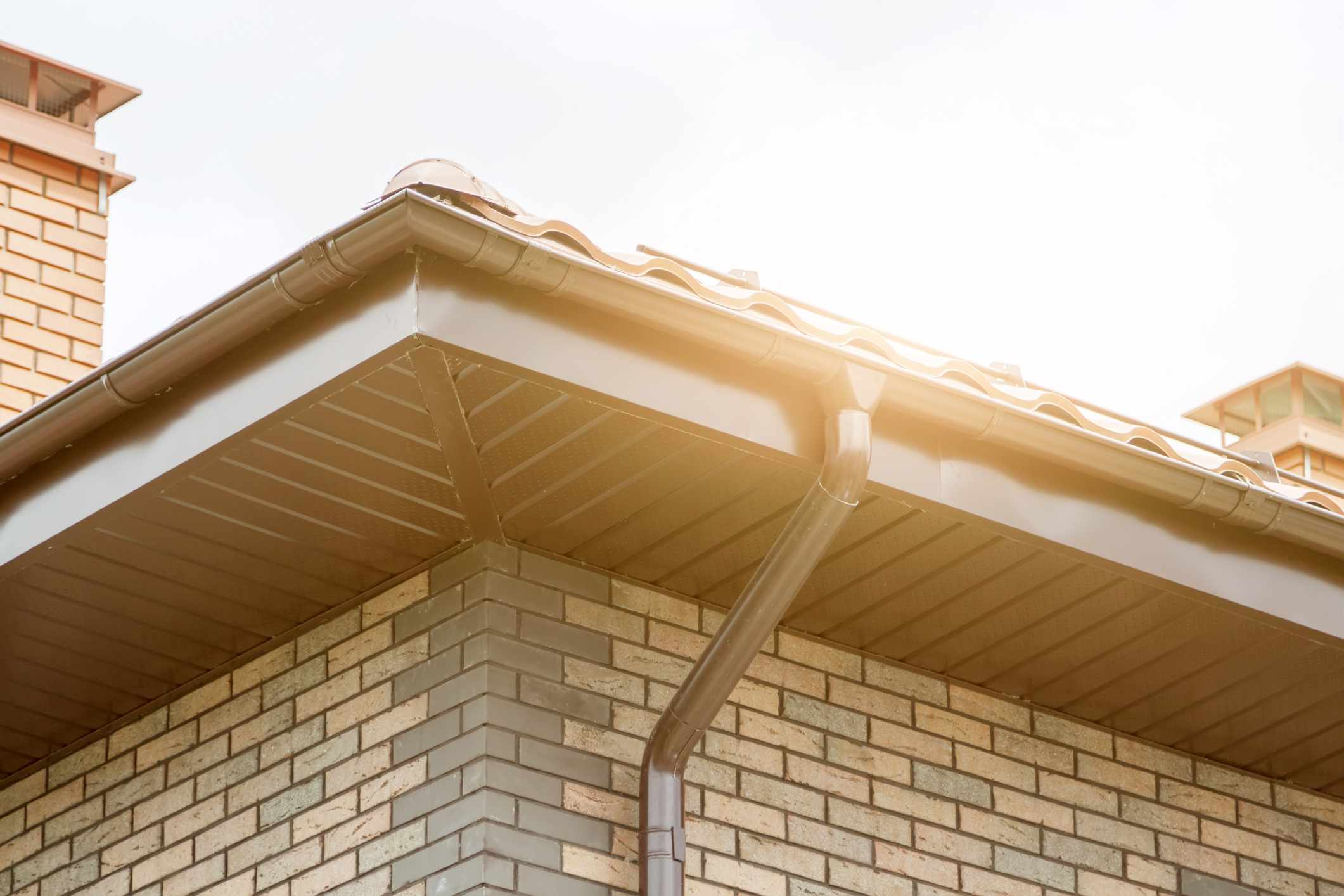

0 thoughts on “Why Are British Houses Made Of Brick”